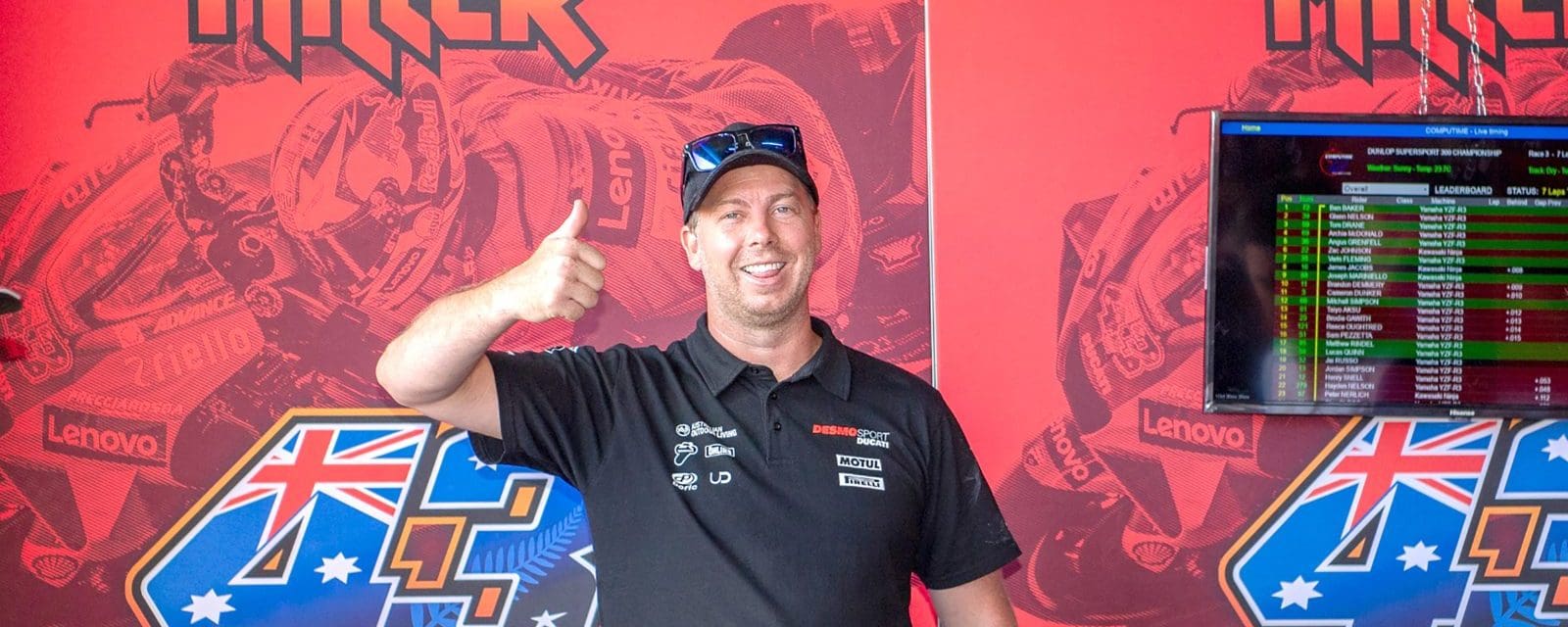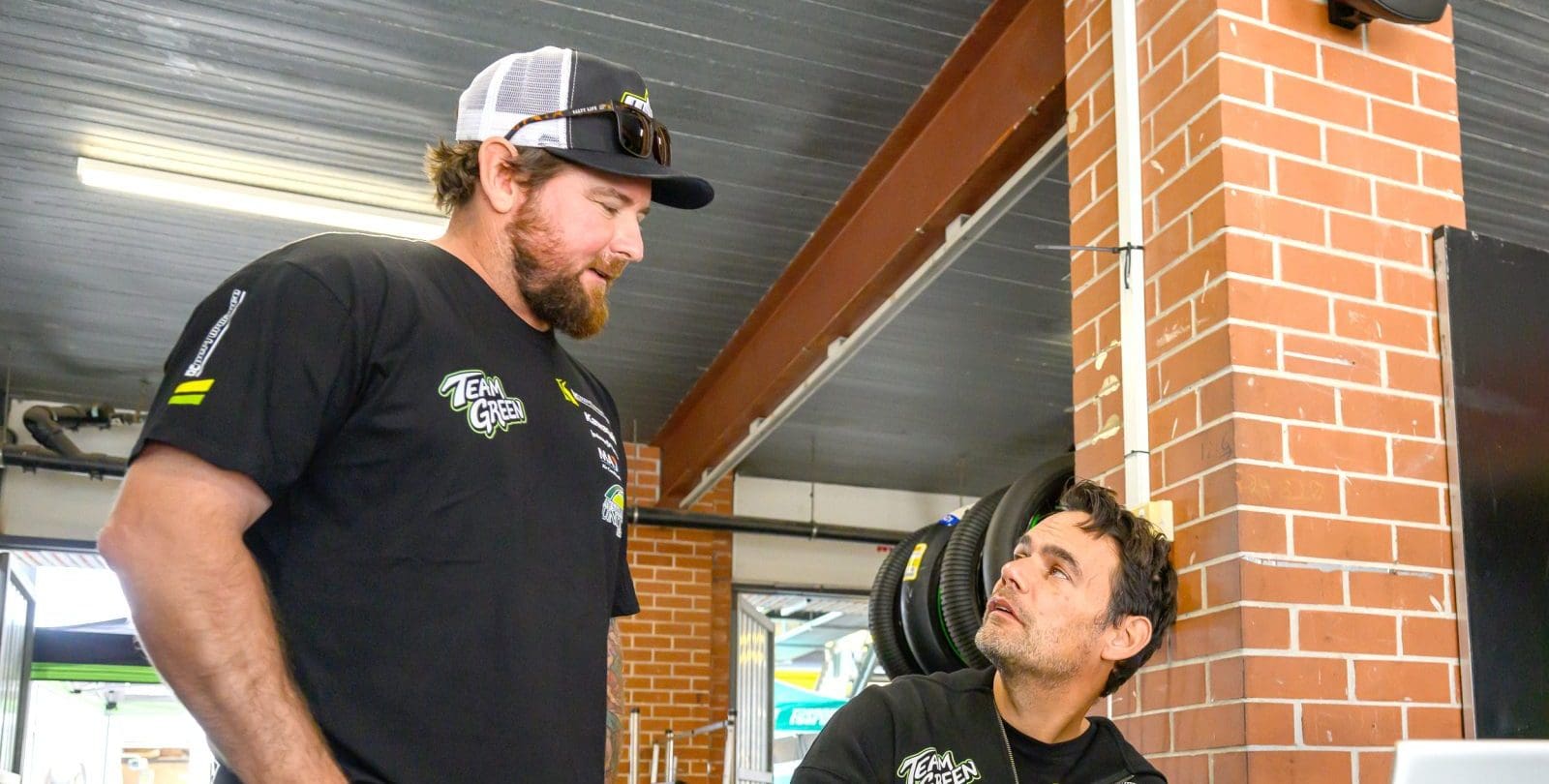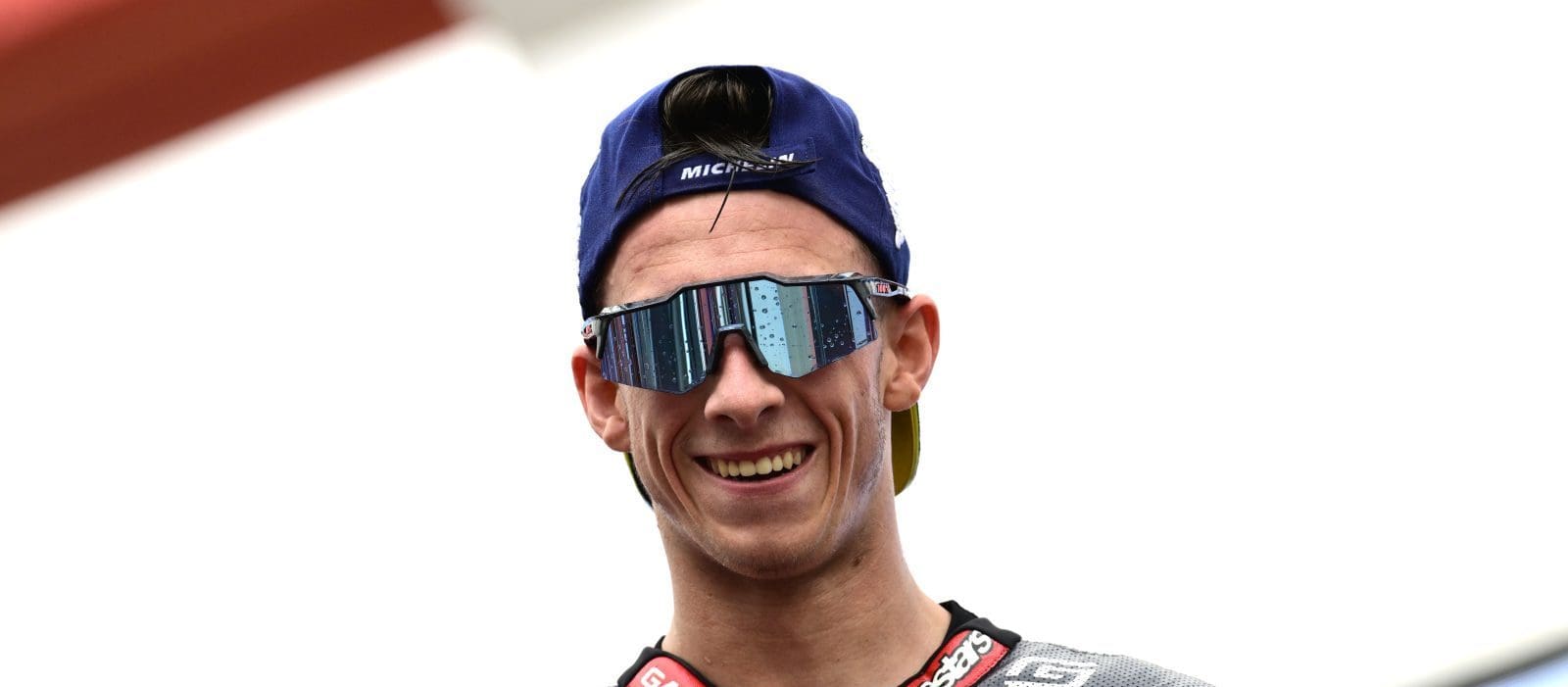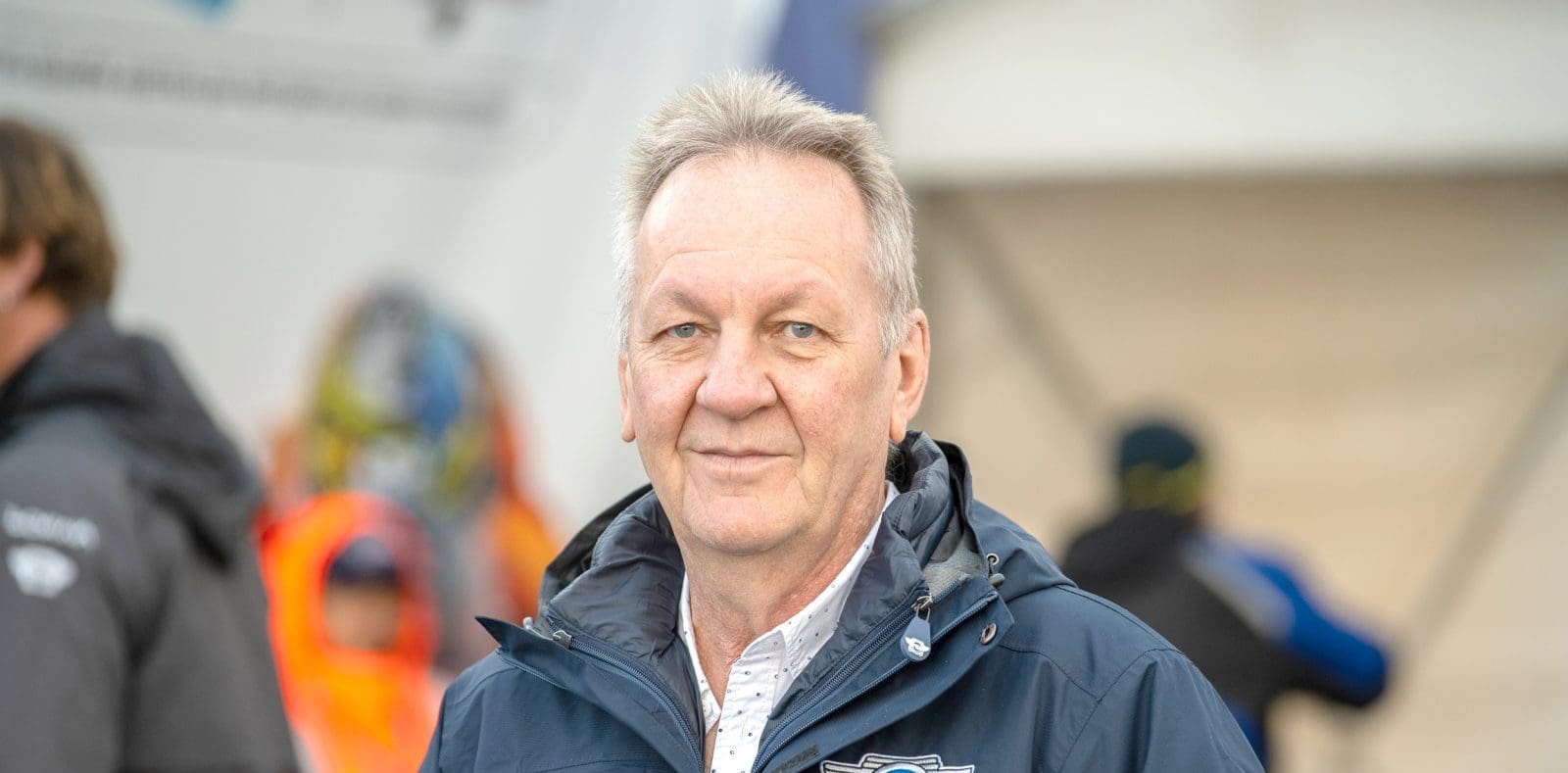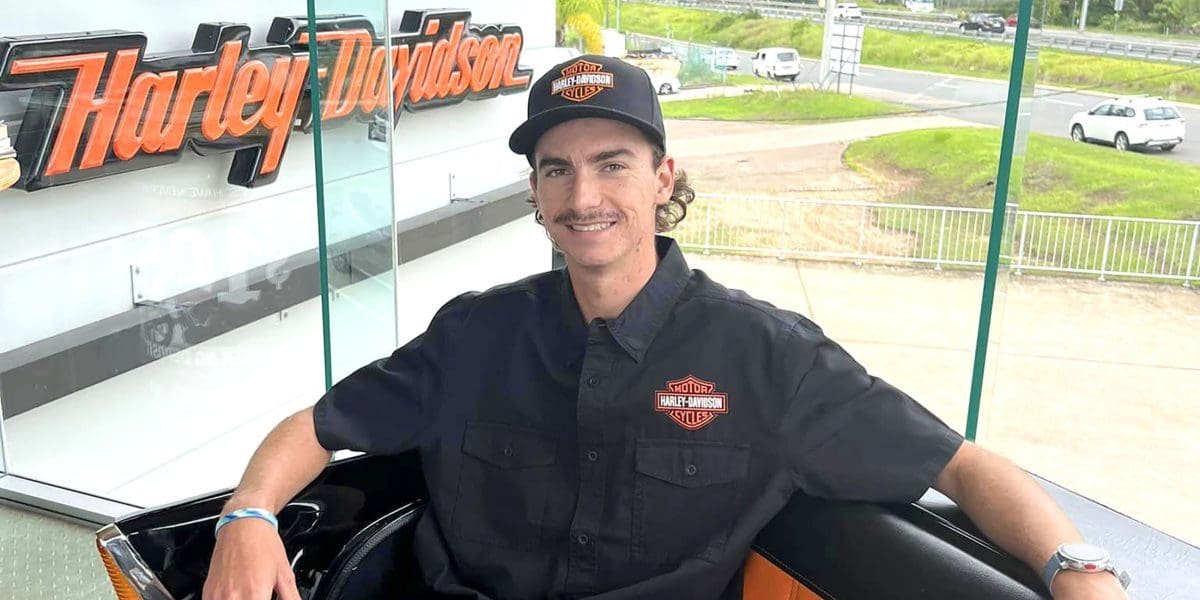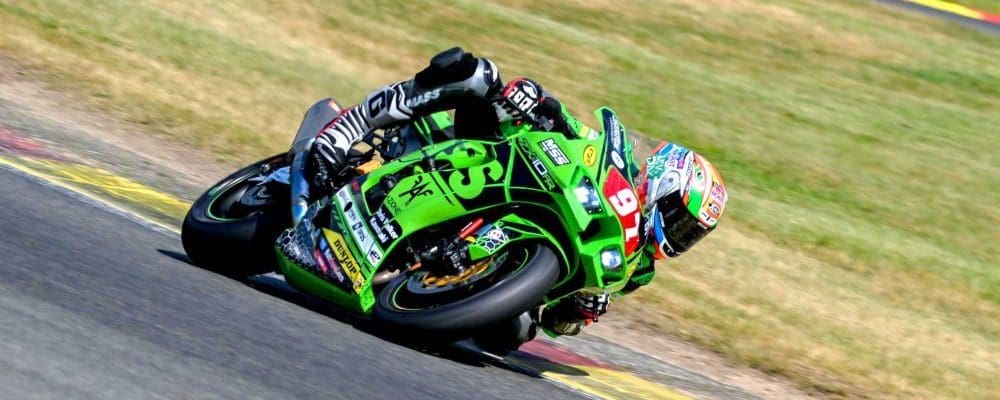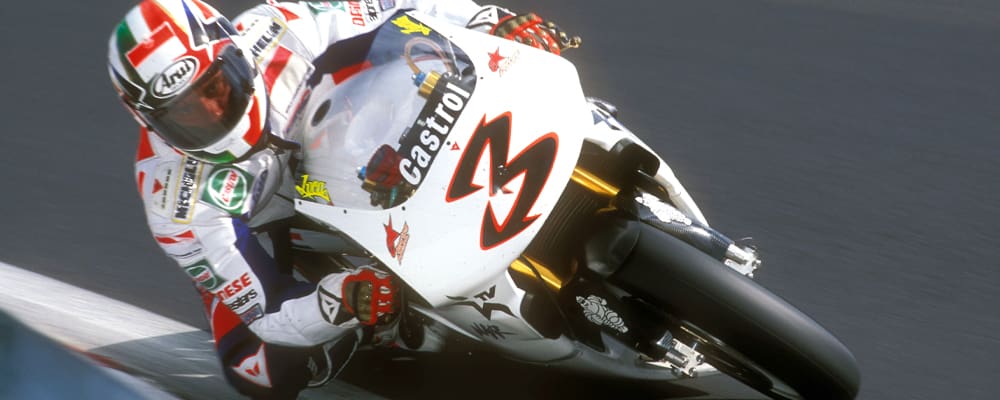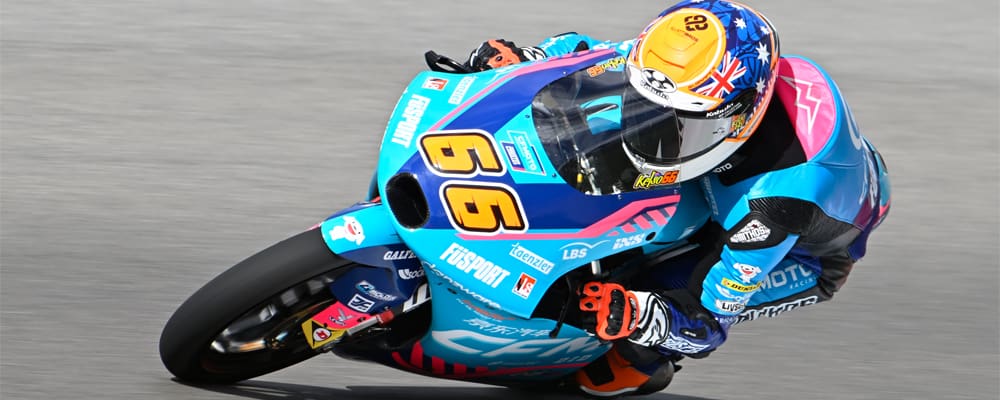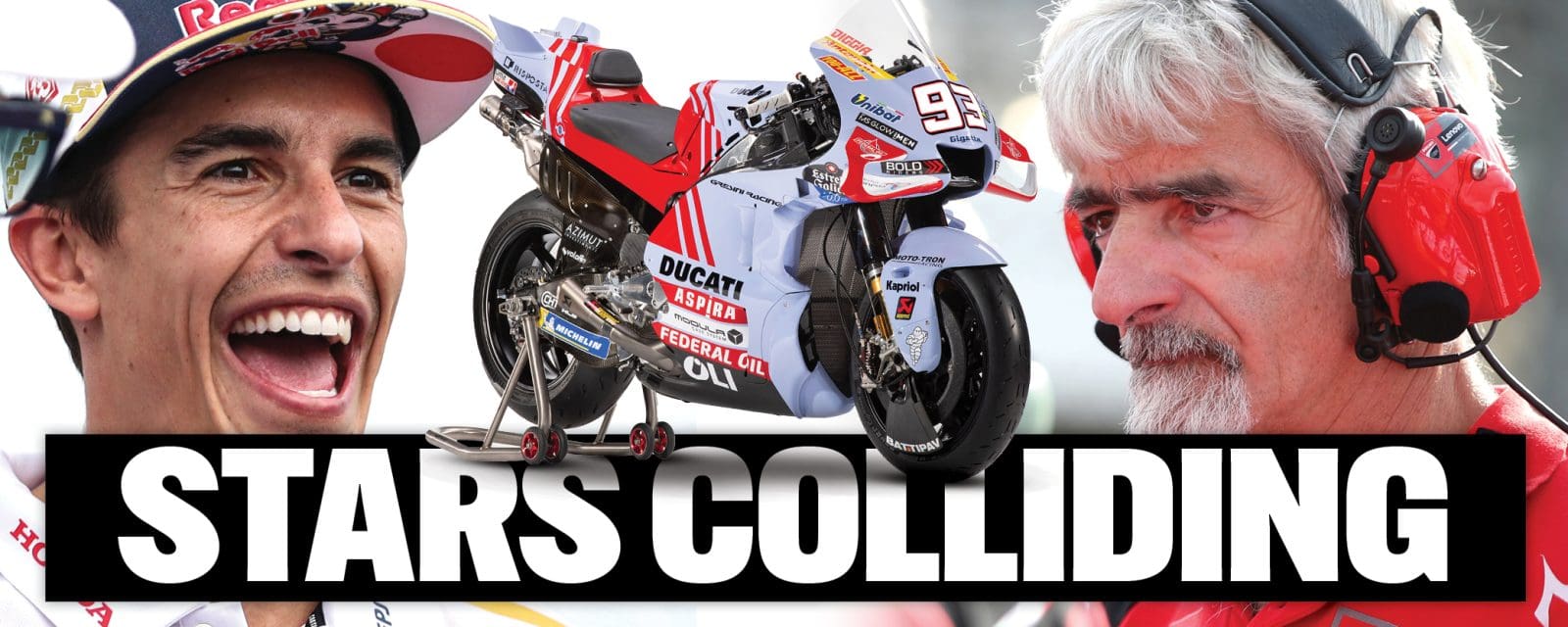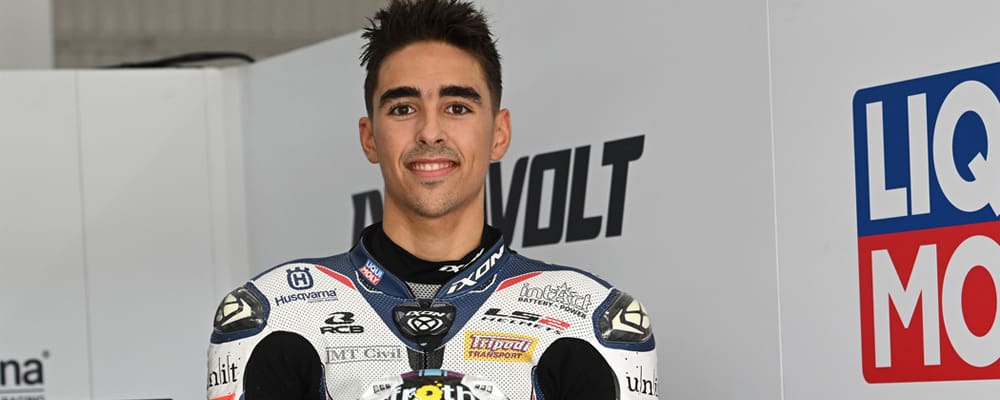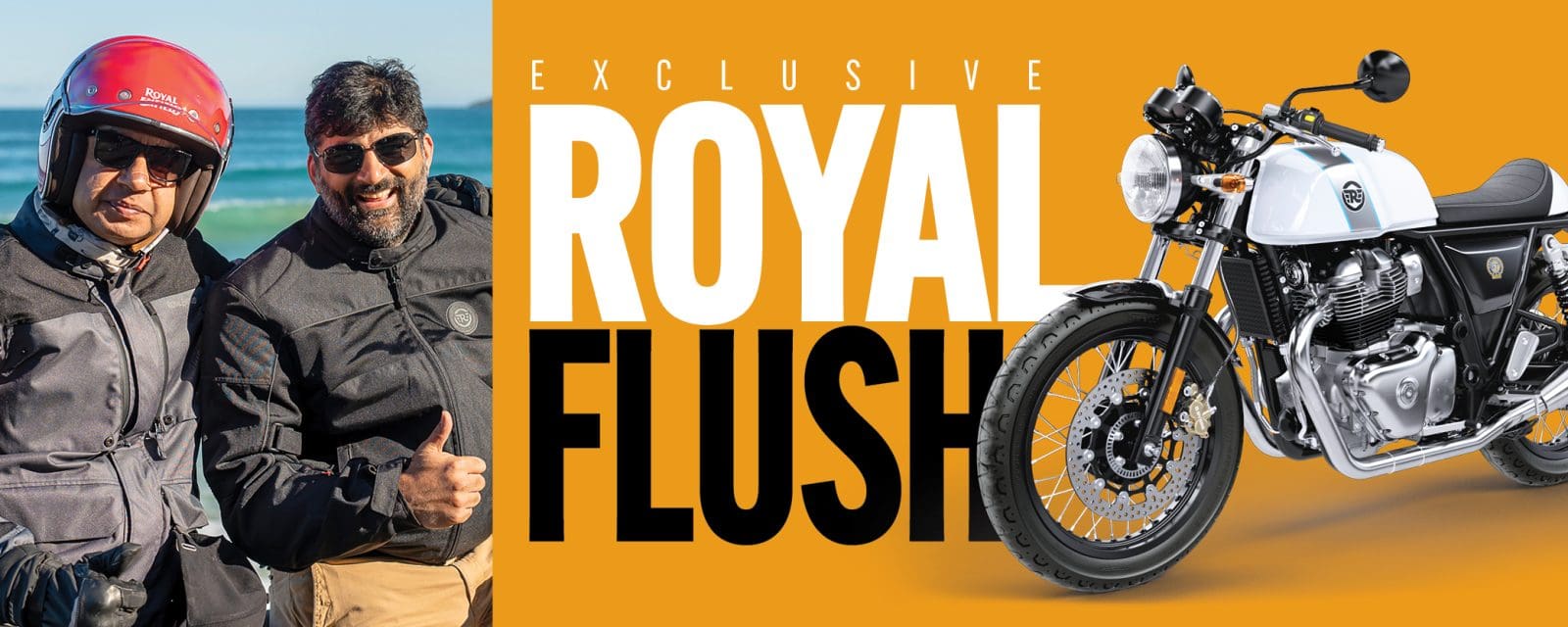Aussie bike fans collectively exhaled that day. I remember very clearly when the press release dropped. It was 13 December and, like most releases being thrown around at that time of the year, I expected it to be of low consequence.
“Toby Price has fractured his right scaphoid and is currently travelling home to Australia to recuperate,” it read. “However, the 31-year-old fully expects to be fit for the Dakar Rally in January.”
It’s almost two months since the Red Bull KTM rider overcame the pain and his rivals to calm his second Dakar Rally victory and I’ve found myself sharing a beer with both him and KTM’s Daniel Milner, the individual winner of last year’s International Six Days Enduro in Chile.
In 2016, Toby Price won on only his second attempt and for anyone that has watched any rally racing, the races are won and lost through navigation. Most of is wouldn’t know our head from my elbows without the assistance of google maps, so I wanted to know how Toby managed to master navigating through the desert and perfecting the art of reading road books so quickly.
“We went over and did some training for almost a couple of weeks in Barcelona and I had pretty much the best trainers you could have at the time, which was Marc Coma, a five-time Dakar winner and Jordi Viladoms – he’s our manager on the KTM side now,” Price says. “When those guys are willing to help point you in the right direction you’re definitely on the fast track of learning. It’s hard work and a matter of doing it over and over again so you can try to, but not really, perfect it – because you’re never going to get it perfect every time – but maybe so you can just minimise those mistakes that cost you time.”
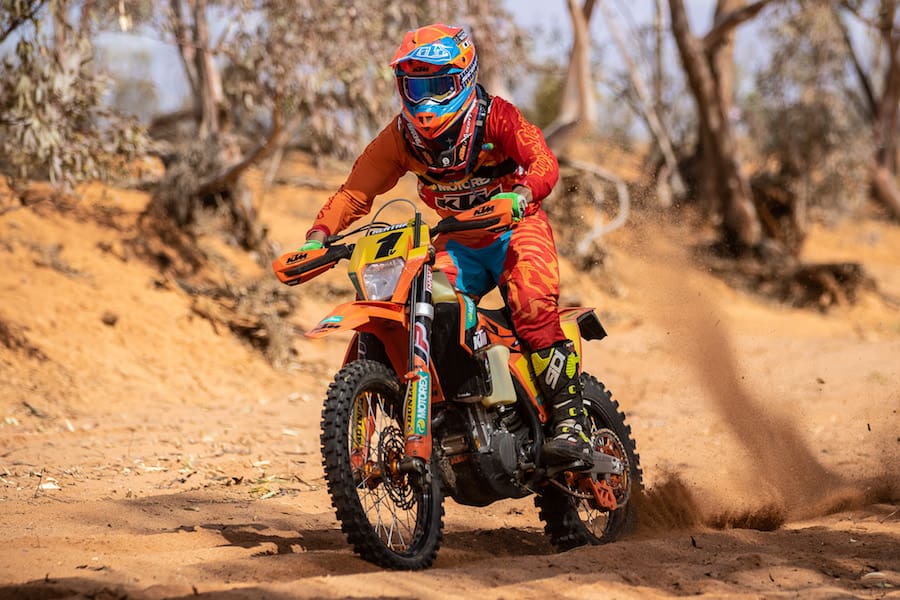
KTM has had such a stranglehold on rally racing for years, I had to wonder what it was like entering the domain of legends like Coma and Cyril Despres.
“It’s not that I’m after respect but they kind of know now that I’m the real deal, that I’m doing the right thing and making it work. I get along with those guys really good.”
On many stages it’s not uncommon to hear of riders becoming severely lost, and Price recalled last year’s Dakar Stage 10 as one of those moments, dropping a staggering fifty minutes to his rivals.
“You definitely want to bite your lip and stay away from the cameras,” he says. “You can get lost for two minutes or two hours – it depends how big it is, how far you’ve gone to get back and find out where you’ve got to go.”
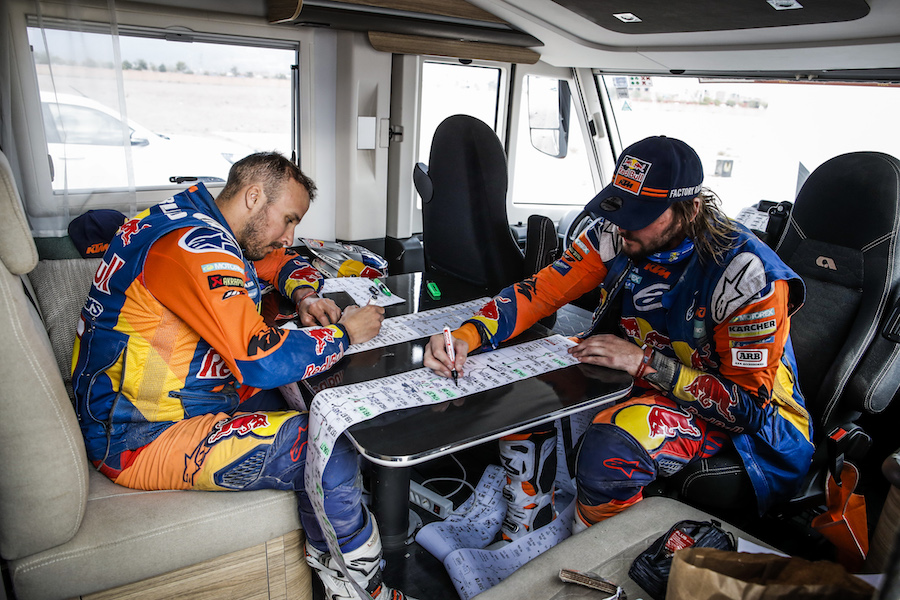
Depending on the event, riders can use landmarks or even the crowd as a clue to get them back on the right track, but finding a way out can be challenging.
“You can sometimes see crowds at the side of the track but there can sometimes be a dog leg in between. You’ve still got to really concentrate on your roadbook. “Sometimes you can bank off an old set of ruins or a tree, or a well, a windmill – they can be put in the road book and you can reference that landmark to recalibrate and work out where you went wrong. Landmarks are the best thing to have but in the middle of the sand dunes, there’s not many landmarks!”
Considering that some stages of the Dakar can be over 800km in length, the stress is just as much a mental game as it is a physical one. Maintaining focus hard but there is always something to occupy the mind.
“Sometimes it’s concentrating on the task ahead of riding and navigating, other times you’re wondering if you put enough fuel in, what noises the engine is making, what’s going on back home,” Toby said.
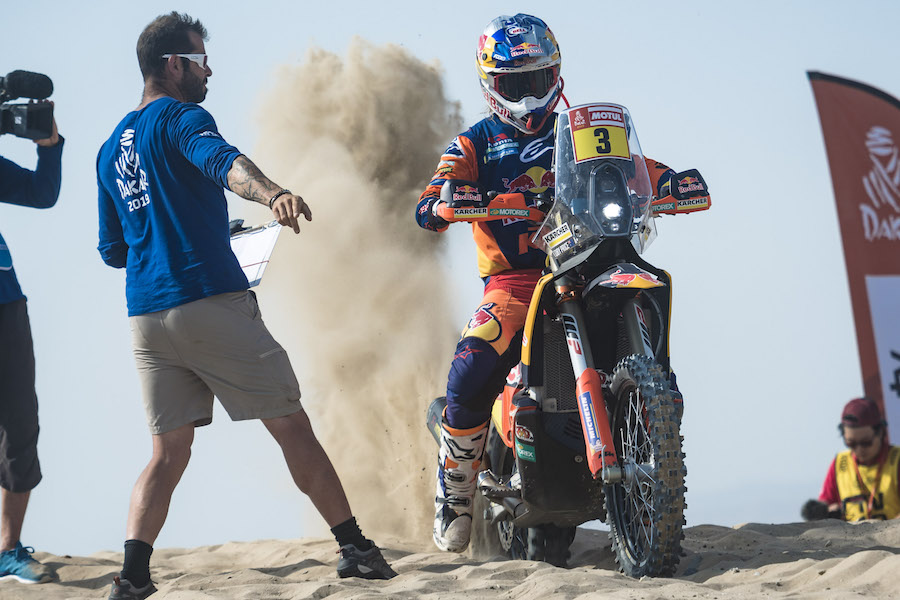
Raiding the 2019 Dakar Rally with a freshly broken bone is his wrist, there were times on liaison stages when he had to bring his left hand over to control the throttle, relieving his right wrist just long enough to keep the pain at bay.
With multiple wins across Australia at both Finke and Hattah, the buzz of pinning it across unknown terrain is still the biggest addiction.
“For me, being sixth gear wide open is just where I’m most comfortable and where I’m happy. It’s not going to be pretty if it goes wrong, but I’ve got the ‘no brains’ and hopefully a big set of coconuts. I enjoy just going flat out but you definitely need to stay on guard – if one thing steps out in front of you it’s going to be a hard old hit. But when you nail it and get down the other end and there’s not too much you could have done to go quicker through that section, well, there’s not a better feeling – you can’t buy it.”
After becoming the first Aussie to win Dakar three years ago, the man from the Gold Coast, via Singleton, via Hillston, says he is hungry for more wins after clinching his second this year.
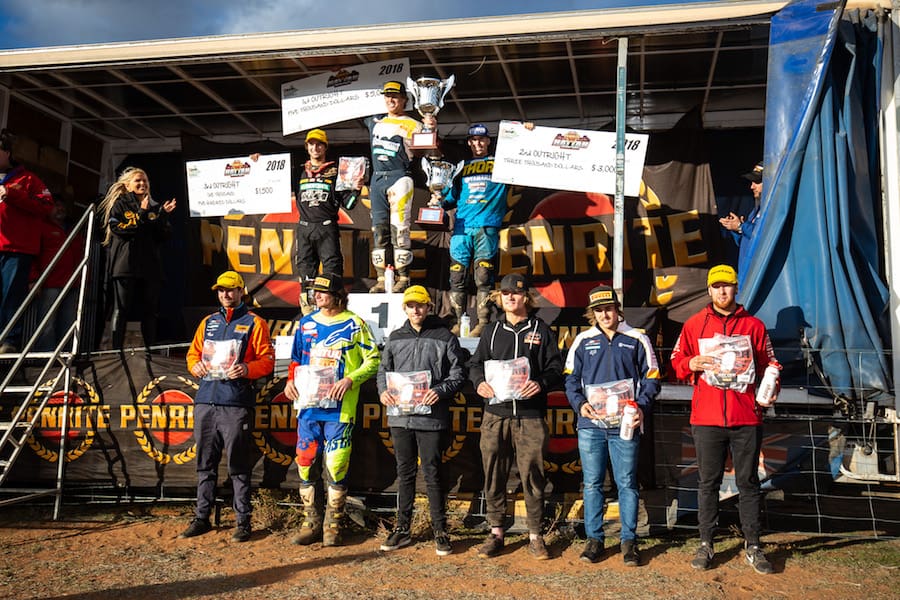
“If I hung up my helmet now I’m going to be happy and over the moon and not regret anything, but I’d like to have four [wins] minimum on the bike. If I get that third one and nothing else after that, that’s still pretty badass.”
And after that? It’s no secret Price loves his four wheels just as much as two, and although he doesn’t plan on stepping off a bike for at least five more years, a switch to full-time truck racing is on the cards someday. It would be a return to his roots, and he credits his truck racing dad for instilling his love of speed and all things mechanical.
“I’ve just got fuel and oil in the blood,” he says. “If it’s not burning gas or cruising around doing something it doesn’t interest me. I don’t want to lay on the beach – I’d rather tinker and get an extra 10-20 horsepower out of my car. I like mountain biking and wake boarding – it’s still good fitness on the legs too.”
And if off-road star Daniel Milner had his own way, it’d be his legs and not his KTM carrying him to glory.
“Bikes weren’t a big priority when I was little,” Milner revealed. “My dad actually played AFL football. He only played a few games for Hawthorne but he was heavily into AFL and coaching. I was leaning towards playing football, I used to love it as a young fella.”
It wasn’t until his uncle and cousins moved down from Darwin that bikes came on the scene. Cruising around on an XR100 on the family farm soon led to an invitation to go racing.
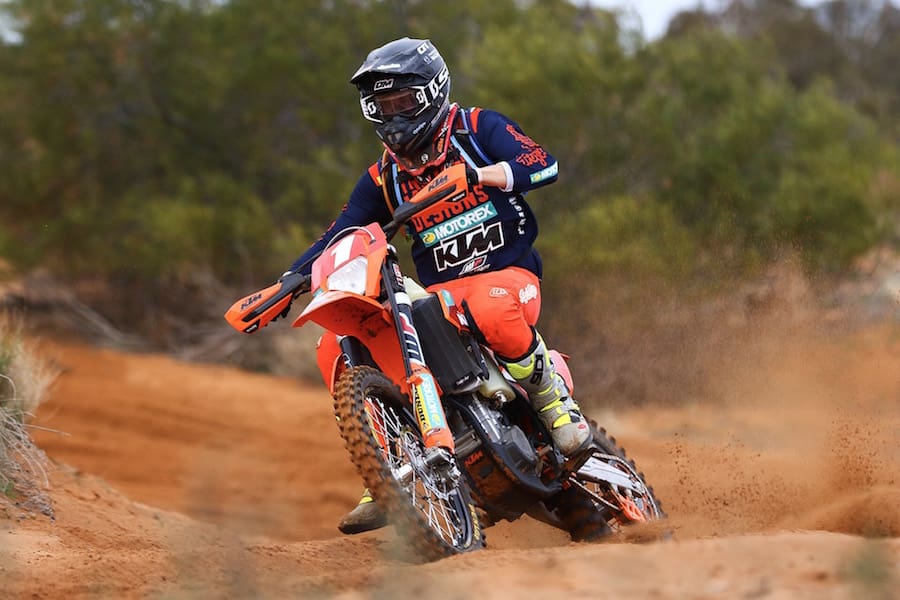
“My uncle said I should come try a race one day. I said I’d give it a go… that was it, I was hooked!”
And a good thing, too. He became the first rider to win the Australian Off-Road Championship outright on a 250cc machine, he’s won the Hattah Desert Race, a record-equalling five Australian Four Day Enduro titles and now the 2018 FIM International Six Day Enduro in Vina del mar, Chile.
Hailing from Lang Lang, a little town south east of Melbourne, Milner is now a legend of off-road racing.
Although AFL was still a big part of his life growing up, what put motorcycling ahead of the football scene was going away on weekends camping and then going racing.
“I enjoyed that more than going to the footy, to be able to race Saturday, camp over night and race again on Sunday it was something I just loved doing,” he grins.
Incredibly, Daniel Milner manages enduro racing at the highest level while juggling Type 1 diabetes. Being insulin dependant from 12 years of age, the outlook hasn’t always been so great.
“When I was diagnosed with the diabetes, people told me it’s going to be hard to chase your dreams,” he revealed. “That’s pretty much how they told me (the doctors) and I guess that bummed me out, because I wanted to be a professional dirtbike rider at the time and move on to the point where I could do it as a job.
“When I heard all that, it crushed me.”
Undeterred, Milner learnt to go by feel to keep his blood glucose levels in check.
These days it’s a clever combination of technology that allows him to keep his levels regulated – and while most of us are using Bluetooth to stream music to our ears, Dan Milner uses it to transmit BGL data to his dashboard.
The machine is called a Descom Platinum G5, which has a sensor that sits just below your skin to read glucose levels. A small transmitter then relays the information to his motorbike.
“If I’m going low while I’m out there I run a hydration pack with a Prima juice in it. That’s got a fair bit of sugar in it, and there is also another bladder that’s just plain water. If my sugar levels are a bit high I can smash down the water and vice versa, if they are going low I can get into the sugar.”
“Definitely the technology is making it a lot easier for me and especially for the kids that are coming up. I think in any sport it’s not a disease that stands in your way, it’s definitely something you can use as motivation and drive to win.
“When I do win, it makes it that much better because I know I’ve done it with Type 1 diabetes where other people are doing it without. It’s really cool to achieve what I have and I’m pretty stoked that I have.”
Milner’s not the guy to make a big deal of it all, but it really is remarkable that while winning all these massive events – Hattah, ISDE, AORC – there is this crazy balancing act going on inside his body.
With some Enduro motos running out to 30 minutes at heart rates of between 170-180bpm, fitness plays a crucial part of success. For that Dan stays on the bike as much as possible, but also gets into the gym for strength as well as some mountain biking and road cycling.

“A lot of people do say it’s pretty easy, that you just sit on a dirtbike,” he says. “Obviously, people who know dirtbikes know, and with road racing, there’s so much stuff coming at you at such high speeds, there’s so much going on and your heart rate’s up… you know your body is physically moving around the bike. Your mind is going crazy trying to work out where to go and what not to hit to stay on the bike and not get fatigued, so it’s definitely one of those sports that if we can do a lot of training and keep fit physically, you just feel comfy in yourself and it makes it so much easier.”
Milner has now won titles across all three categories of Enduro – E1, E2 and E3 – but this year he will switch back to an E2 bike, riding KTM’s 350cc machine. It’s a year-long commitment, and he says the catalyst for change simply came down to riding faster on the 350 than the 500.
“The 350 will be racing in all the off-road championships, the four-day and six-day as well. It’s one of those bikes that I really gel with and I think it will be a good thing.
“I enjoyed the 450 and I enjoyed the 500 – every bike I’ve rode I’ve enjoyed riding. I’ve never had the opportunity to race the 350 so I think it may be my time now, being able to swap and change with KTM and choose whatever capacity I want. So I thought yeah, why not jump on a 350.”
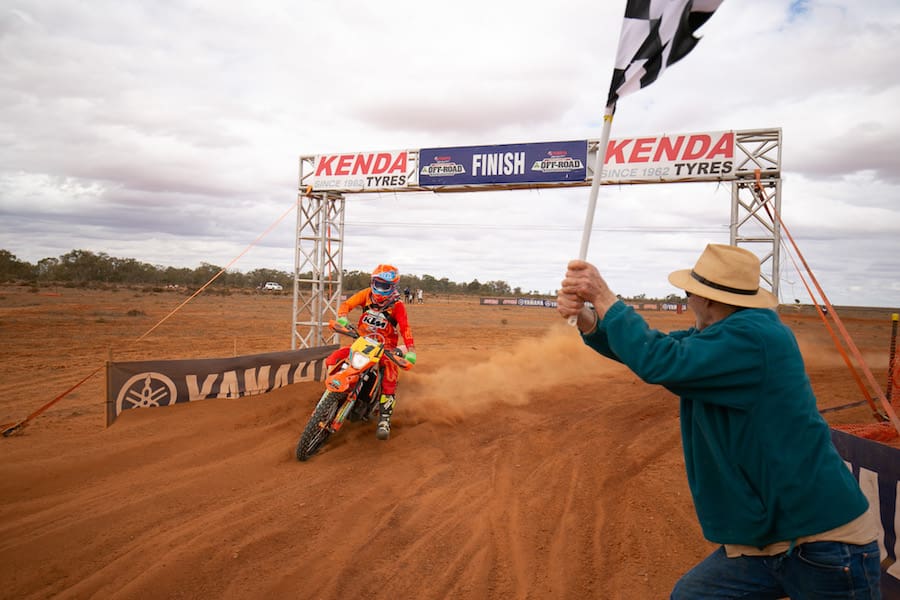
The focus is now firmly set on the 2019 AORC, but Milner says there is still some unfinished business in America. After a frustrating two-year stint racing GNCC during 2015-16, he knows he will return at some point to finish what he started.
The two years that I went there, it was enjoyable, but I just didn’t seem to gel with the team as much as I should have. My main goal is to hopefully pick up a decent ride over there and prove a lot of people wrong. There was a lot of people over there who just shut me down and gave me no time of day, which makes me a little bit angry.
“So I think I’ll use that anger as motivation to go and do my best and hopefully prove those people wrong.”
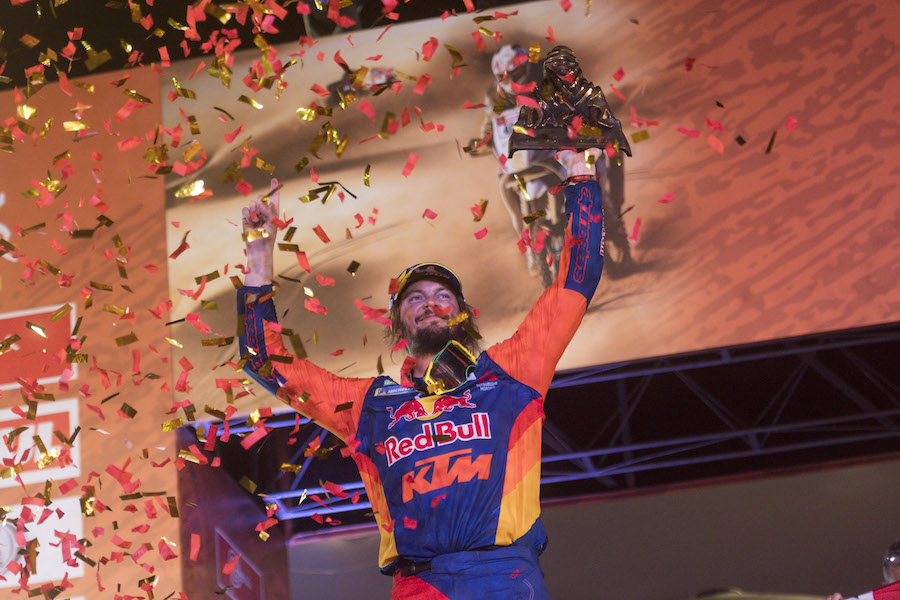
The title or the big races…
What would you rather win?
Toby answers…
Depends on what series and where you’re racing. The Australian Off Road Championship and the Four Day are pretty much on par. They’re two prestigious events that you want to win here. With rallies – as cool as a world title is, you can go to Dakar and win one stage outright, then wipe out for the rest and get more recognition than in the whole world championship. That’s my world championship – my race.

Dan answers…
It’s hard to say. A more consistent rider can win championships, whereas with one-off events it’s just whoever has had a good day. There was something that I wanted to tick off my bucket list and that was Qatar, because it was such a difficult race. Being out there for four hours in the gnarliest conditions you could probably ride, that was definitely a race I wanted to win. And obviously the six-day, that’s been something that I’ve wanted to win for a while now.
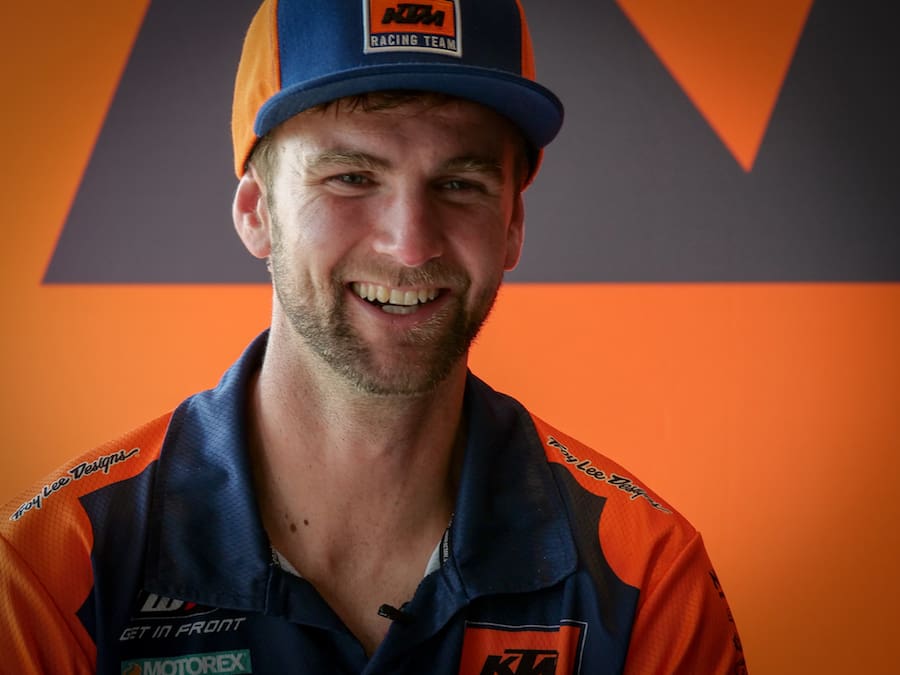
Words Matt O’Connell Photography AMCN archives & KTM
As appeared in AMCN magazine Vol 68 No 18
